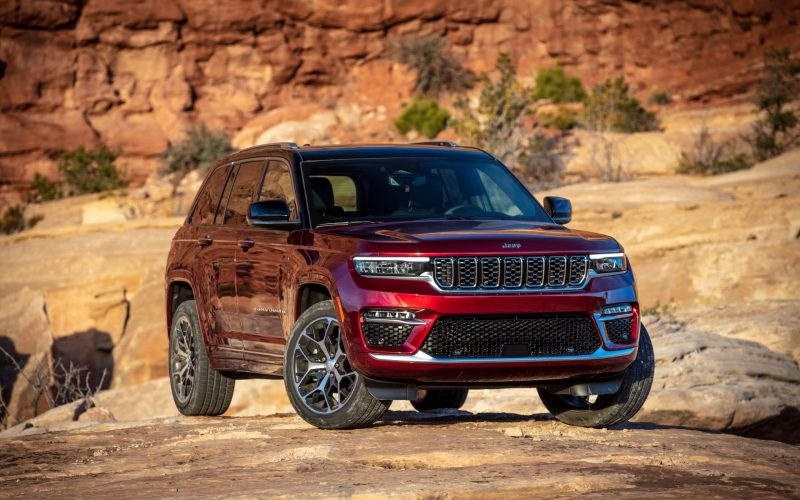
Reading Time: 3 minutesWith a line-up that ranges from the robust Laredo 4×4, priced at $55,045, to the luxurious
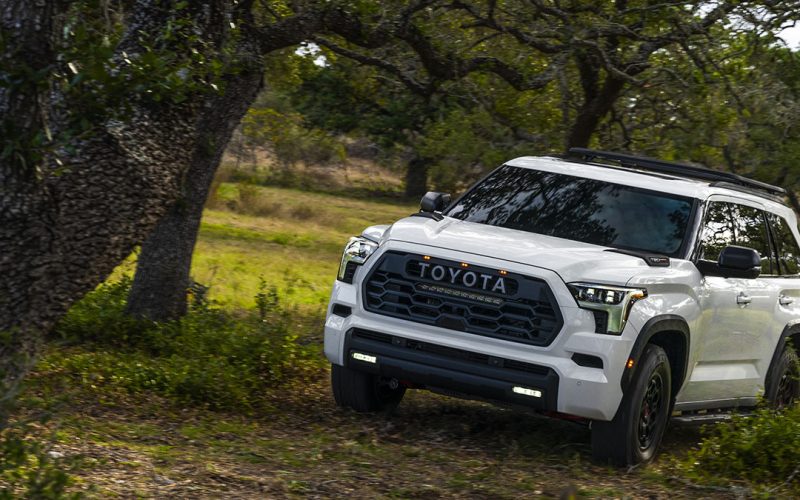
Reading Time: 9 minutesThink back to 2008. It’s not a year everyone will remember fondly, due to the housing
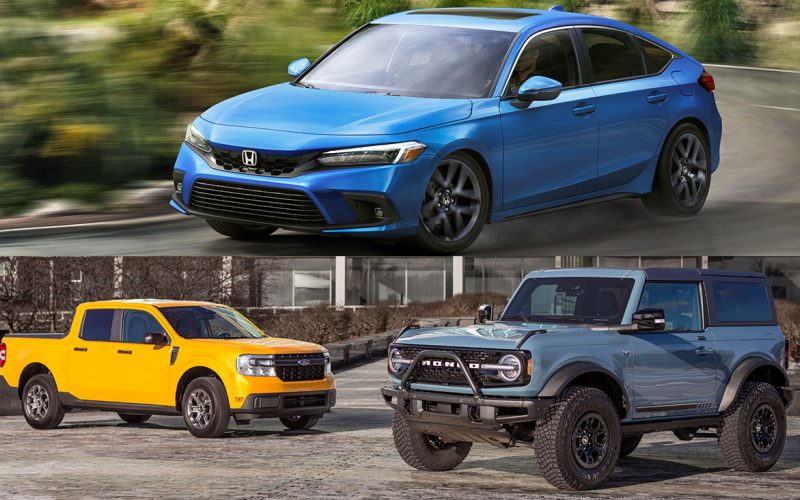
Reading Time: 4 minutesFord has been on a roll lately, winning two of last year’s North American Car, Truck
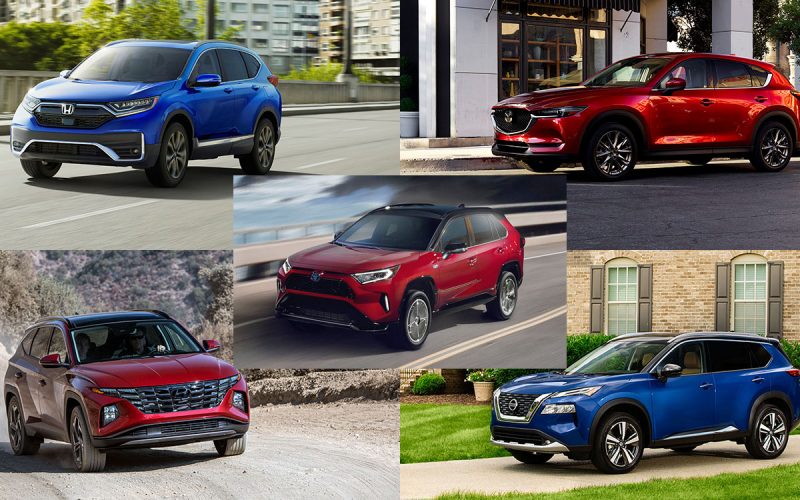
Reading Time: 12 minutesThere’s no hotter segment in today’s car market than the compact crossover SUV. Having started in
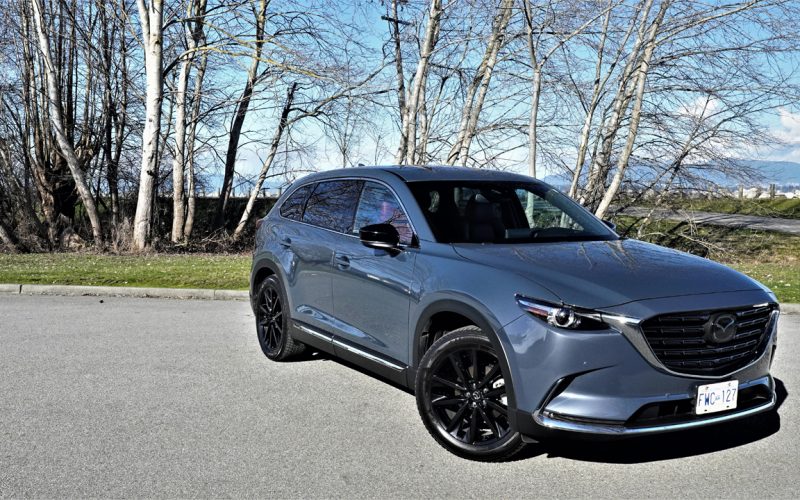
Reading Time: 14 minutesInterestingly, Mazda does much better per capita in Canada than the U.S., but this may be
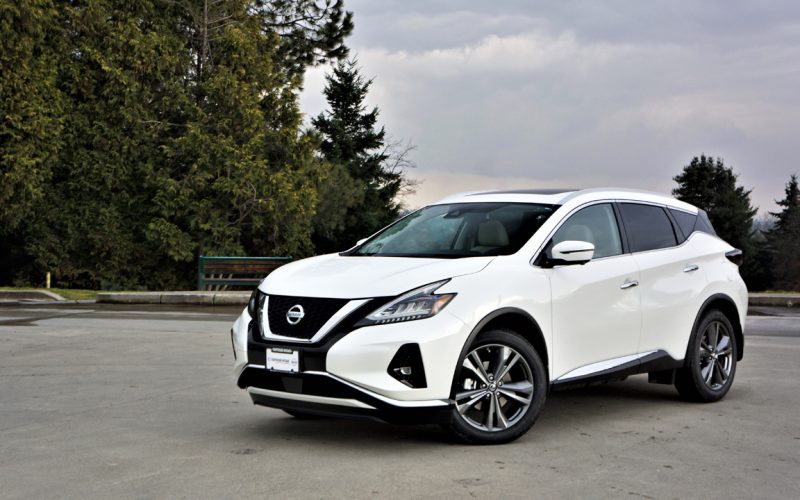
Reading Time: 17 minutesThe Murano has been with us for a long time, at least as far as crossovers
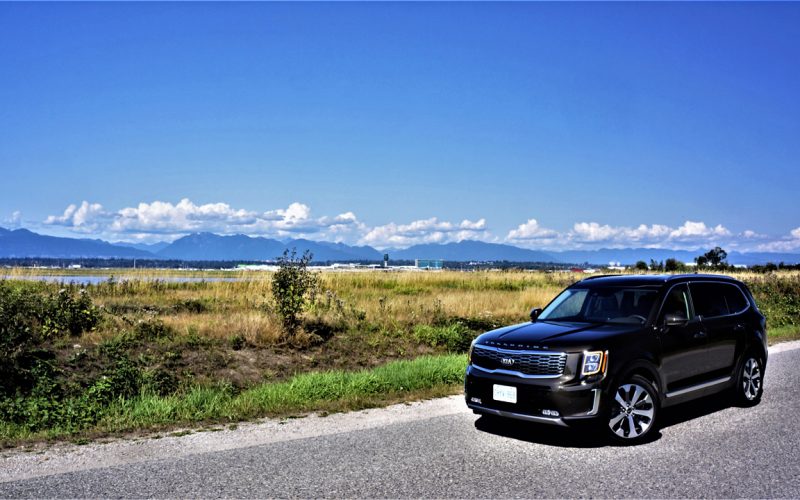
Reading Time: 14 minutesComparisons between Kia’s Telluride and Hyundai’s Palisade are starting to sound a lot like folks my
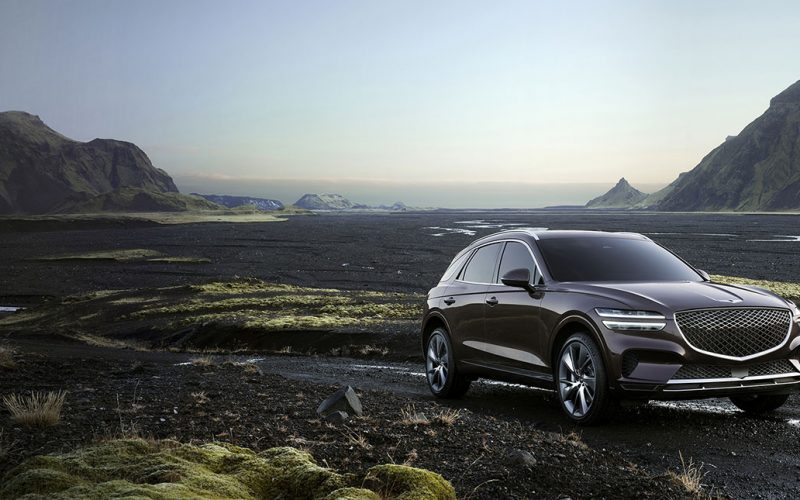
Reading Time: 8 minutesGenesis is successfully growing its lineup with a fresh, new design language and some entirely new
© 2025 The Car Magazine. All Rights Reserved, Privacy Policy | Terms of Use